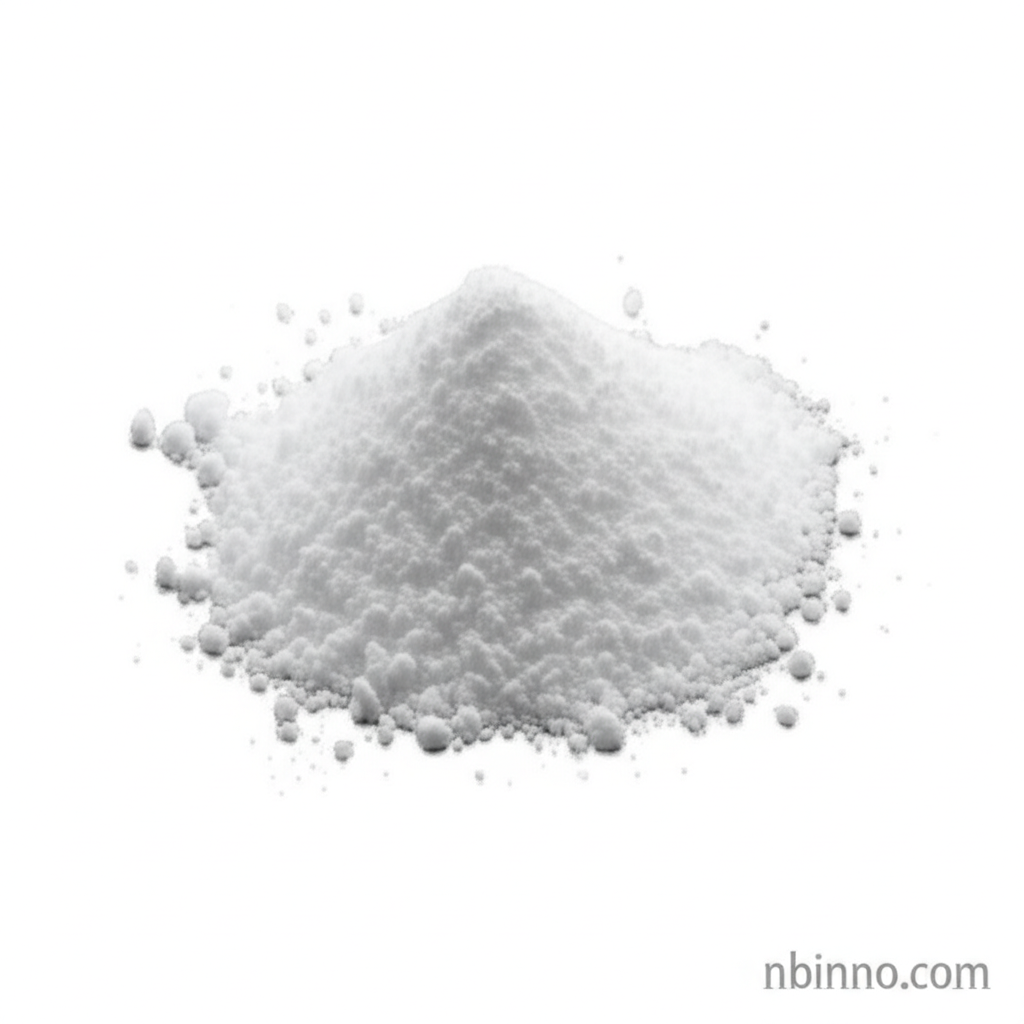Psoralen (CAS 66-97-7): Natural Furocoumarin for Skin Health and Research Applications
Harnessing nature's power for advanced skin treatments and scientific discovery.
Get a Quote & SampleProduct Core Value

Psoralen
Psoralen is a naturally occurring furocoumarin compound, renowned for its unique photochemical properties. It is primarily recognized for its therapeutic applications in dermatology, particularly in the treatment of skin conditions such as psoriasis and vitiligo, via PUVA (psoralen + UVA) therapy. Beyond its medical uses, psoralen serves as a valuable tool in molecular biology research due to its ability to intercalate into DNA and form covalent cross-links when activated by UV radiation, thereby influencing DNA synthesis and cell division.
- Leverage Psoralen for Vitiligo Treatment: Discover how this natural compound aids in repigmentation for vitiligo patients.
- Explore Psoralen's Role in Psoriasis Management: Understand the mechanism behind psoralen PUVA therapy for psoriasis.
- Investigate Natural Furocoumarin Skin Benefits: Delve into the wider advantages of furocoumarins for skin health and regeneration.
- Understand the Psoralen Mechanism of Action in DNA Research: Learn how psoralen interacts with DNA for scientific applications.
Key Advantages
Therapeutic Efficacy
Psoralen is a key component in PUVA therapy, effectively managing severe skin conditions like psoriasis and vitiligo by modulating cell growth and pigmentation.
Research Tool
Its ability to intercalate into DNA and form cross-links upon UV activation makes it an indispensable photochemical probe for molecular biology studies.
Natural Origin
Derived from plants, psoralen offers a natural approach to skincare and therapeutic interventions, aligning with growing consumer demand for natural ingredients.
Key Applications
Dermatology
Treatment of psoriasis, vitiligo, eczema, and cutaneous T-cell lymphoma through photochemotherapy.
Molecular Biology
Used as a photochemical probe to study DNA structure, function, and repair mechanisms.
Cosmetics
Historically used as a tanning activator in sunscreens and cosmetic formulations.
Pharmaceutical Research
Investigating anticancer properties and developing novel photodynamic therapies.
